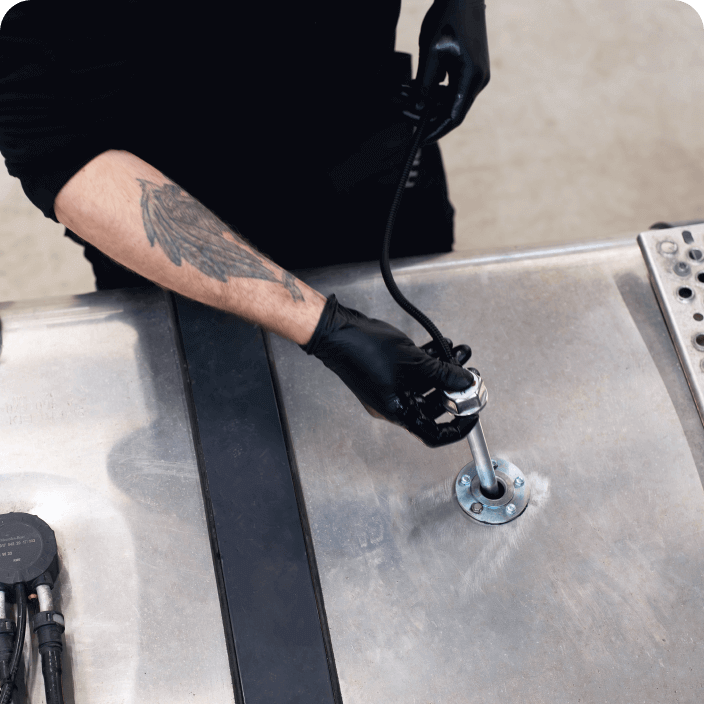Fuel sensors are valuable tools for truck owners and fleet managers. They provide accurate, real-time data on fuel levels, helping to:
Prevent fuel theft
Monitor fuel consumption
Optimize routes and reduce costs
Improve overall fleet management
This article outlines the process of installing fuel sensors on trucks, covering the main steps and considerations.
Types of Fuel Sensors
Before installation, it’s crucial to understand the different types of fuel sensors available:
Capacitive sensors: These are highly accurate and measure fuel level by detecting changes in capacitance.
Ultrasonic sensors: These sensors use sound waves to determine fuel levels and are known for their accuracy in various tank shapes.
Resistive sensors: These sensors use a float and a resistor to measure fuel level. They are less expensive but also less accurate than capacitive or ultrasonic sensors.
The choice of sensor depends on factors such as budget, desired accuracy, and the specific application.
Installation Process
The installation process can vary depending on the type of sensor and the truck model. However, the general steps include:
- Preparation:
Gather the necessary tools, including the sensor, wiring, connectors, drilling equipment (if required), and a compatible telematics device.
Ensure the truck is parked on a level surface and the engine is turned off.
Locate the fuel tank and identify the best mounting location for the sensor.
- Sensor Mounting:
For intrusive sensors (capacitive and resistive), this usually involves drilling a hole in the fuel tank and inserting the sensor probe.
For non-intrusive sensors (ultrasonic), the sensor is typically mounted on the exterior bottom of the tank using adhesive or brackets.
Ensure the sensor is securely mounted and properly sealed to prevent leaks. - Wiring and Connection:
Connect the sensor to the telematics device according to the manufacturer’s instructions. This usually involves running wires and making secure connections.
Ensure all wiring is protected from damage and properly insulated. - Calibration:
Calibrate the fuel sensor to ensure accurate readings. This may involve filling and emptying the tank in known increments and adjusting the sensor output accordingly. - Testing and Configuration:
Test the sensor to verify that it is working correctly and providing accurate data.
Configure the telematics device to receive and process the fuel sensor data. This may involve setting up alerts for sudden fuel drops or low fuel levels.
Important Considerations
Safety: Working with fuel tanks involves inherent risks. Take necessary precautions to avoid spills, fires, or explosions.
Compatibility: Ensure the fuel sensor is compatible with the truck’s fuel type, tank material, and telematics system.
Accuracy: Choose a sensor that meets the required accuracy for the application.
Durability: Select a robust sensor that can withstand the harsh conditions of a truck environment, including vibrations, temperature variations, and exposure to fuel.
Professional Installation: If you lack the necessary expertise, it’s recommended to have the fuel sensor installed by a qualified professional.
By following these guidelines, truck owners and fleet managers can effectively install fuel sensors and reap the benefits of improved fuel management, reduced costs, and enhanced operational efficiency.


